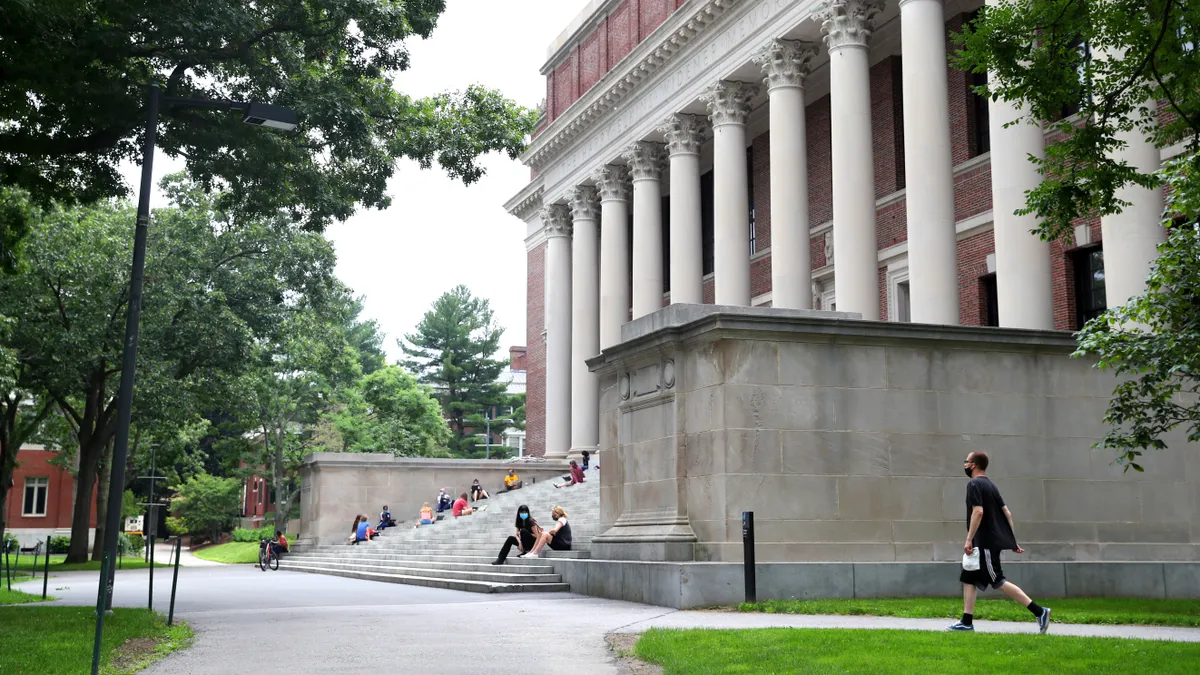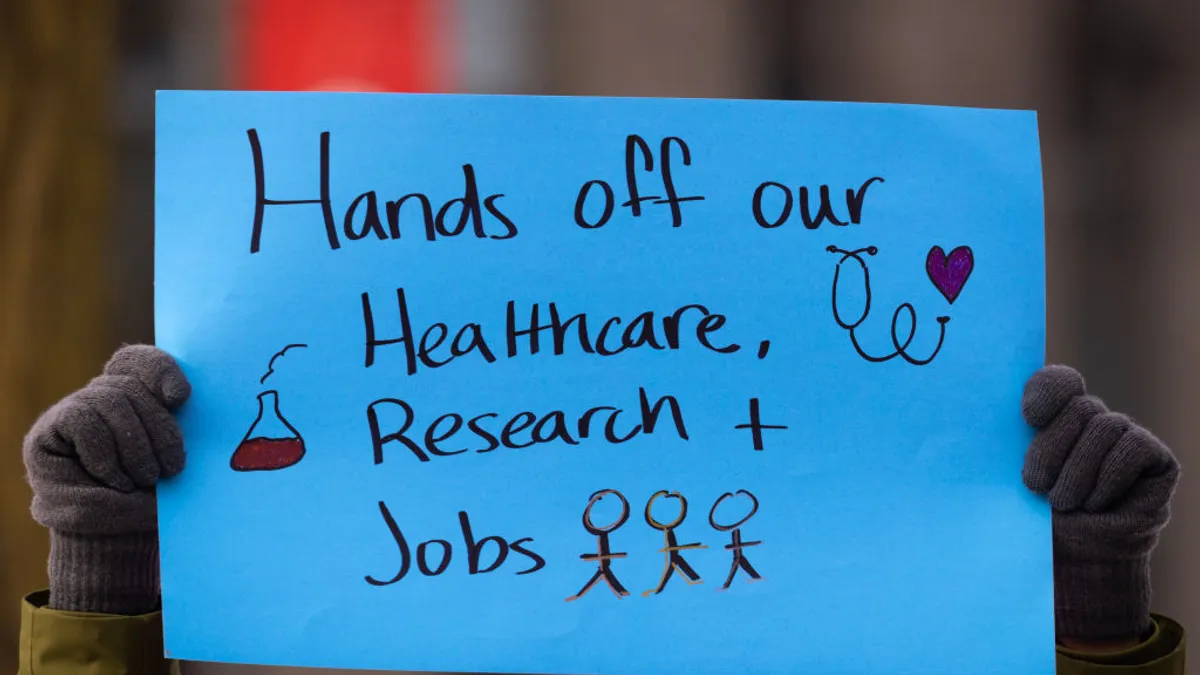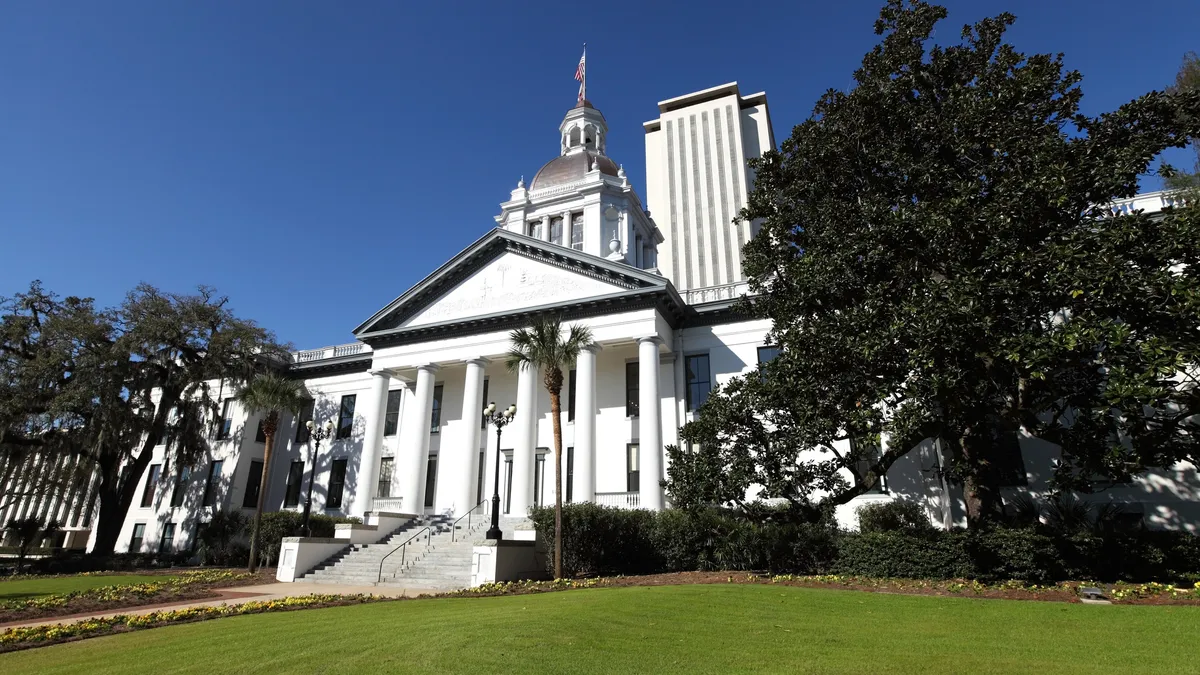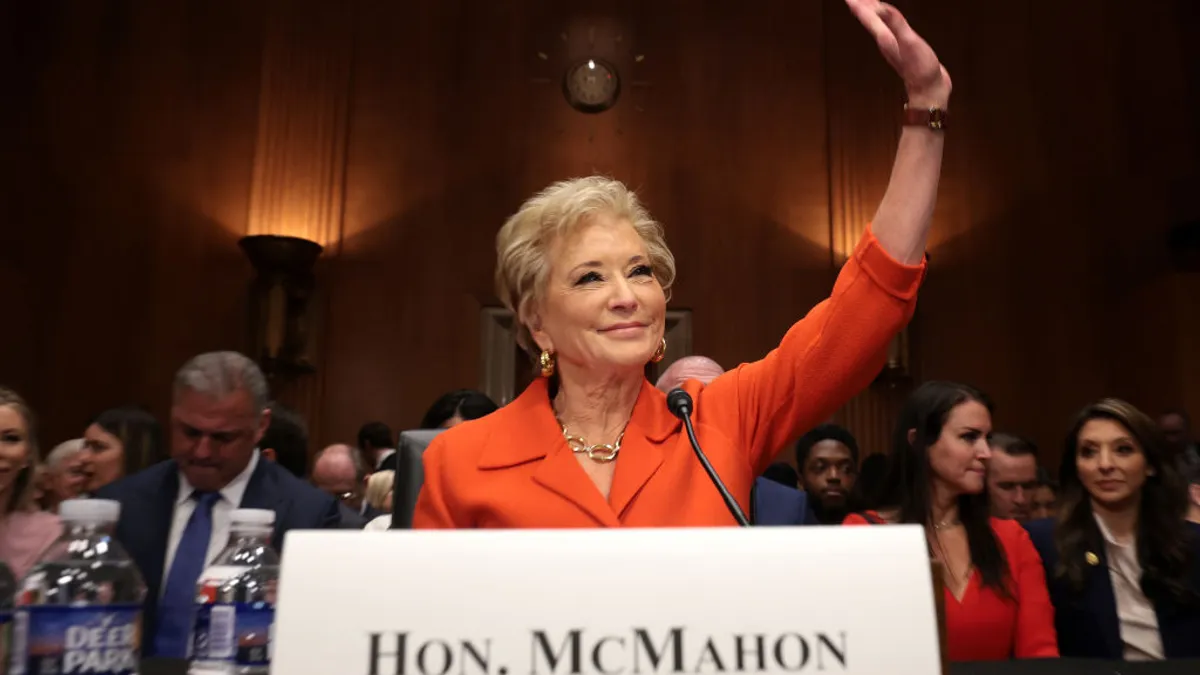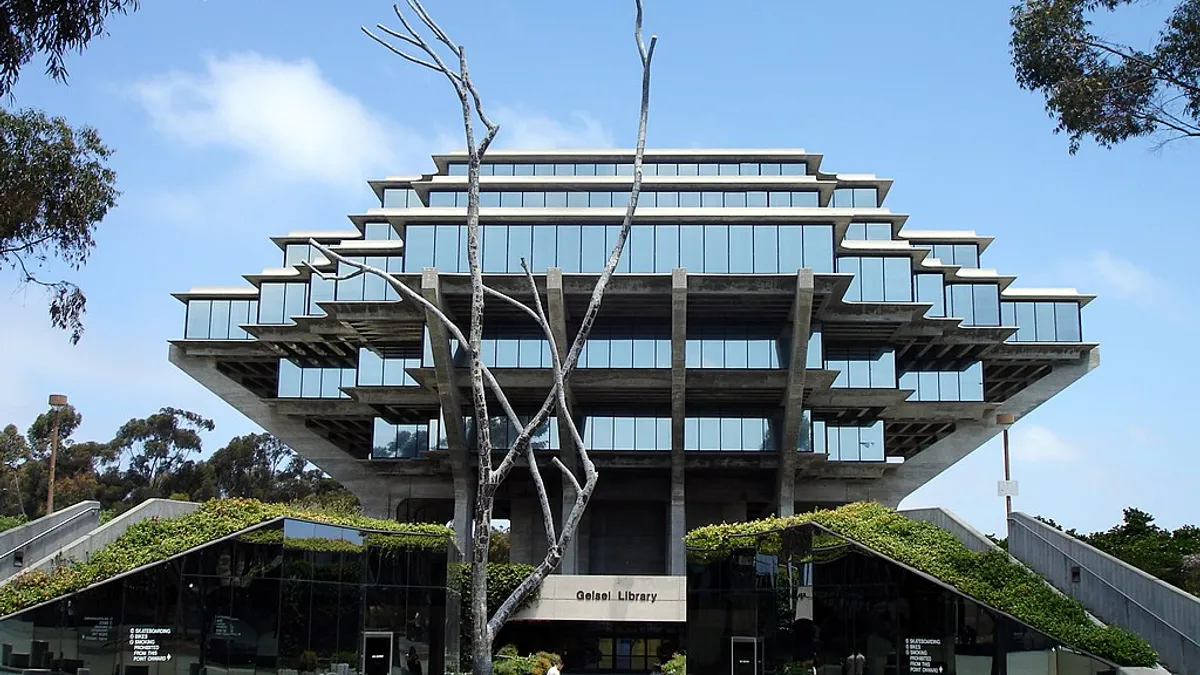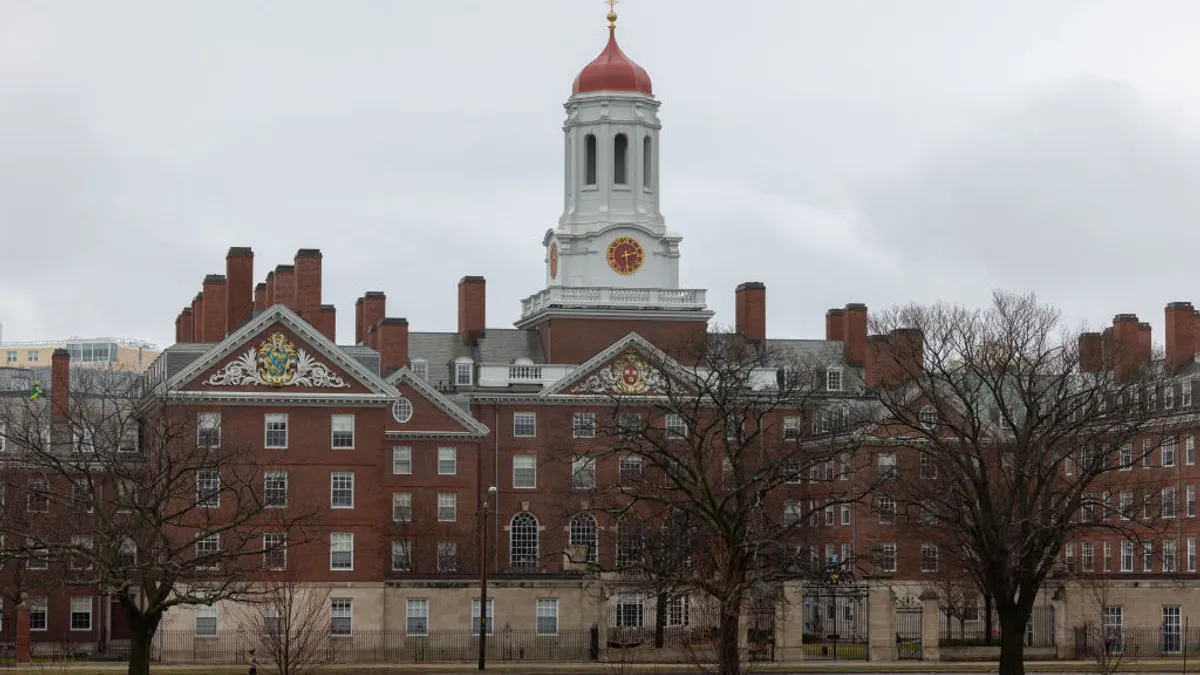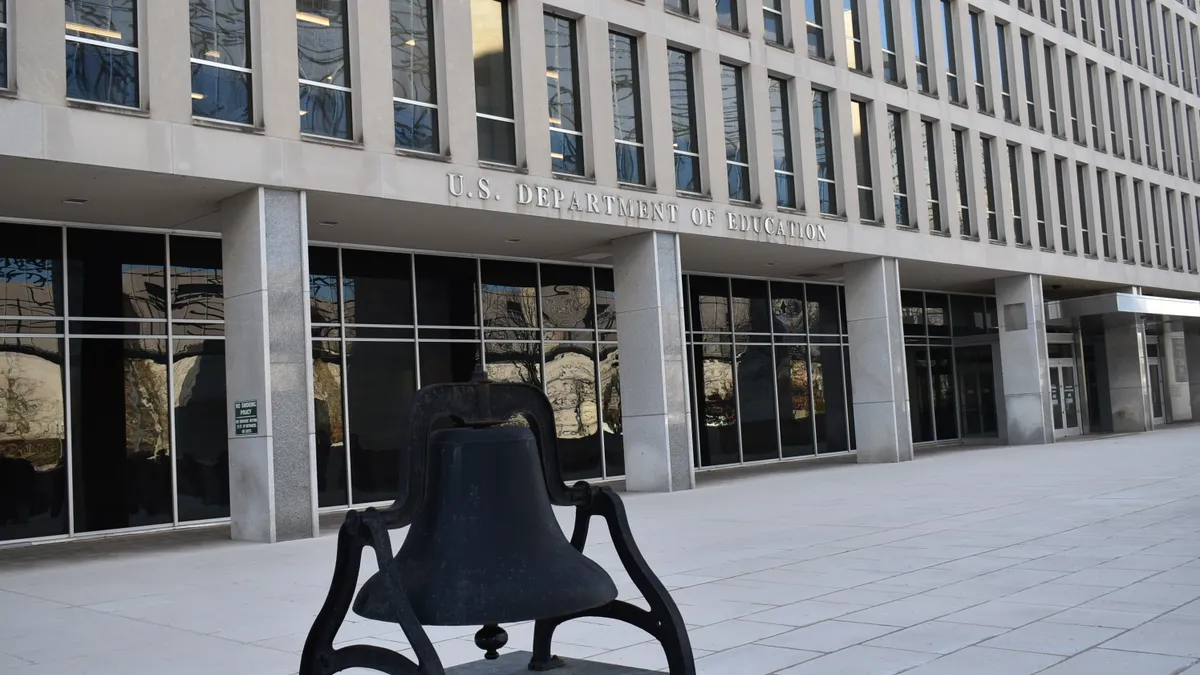Mauriell Amechi is a senior policy analyst at New America and founder of Foster Youth Empowered, a premier education and college readiness consulting firm in Chicago.
In June, the U.S. Supreme Court delivered a seismic blow to race-conscious admissions by deeming these policies unconstitutional in the landmark Students for Fair Admissions cases against Harvard University and the University of North Carolina at Chapel Hill.
This decision has sent shockwaves through American higher education, with far-reaching implications for advancing diversity and inclusivity on college campuses.
As the nation’s top colleges grapple with the aftermath, several crucial questions loom: What are the current postsecondary enrollment trends for Black and Hispanic students at top-ranked colleges? How will these prestigious institutions reconcile their commitment to fostering diverse student bodies? And how will they address the persistent disparities that have long plagued higher education in the U.S.?
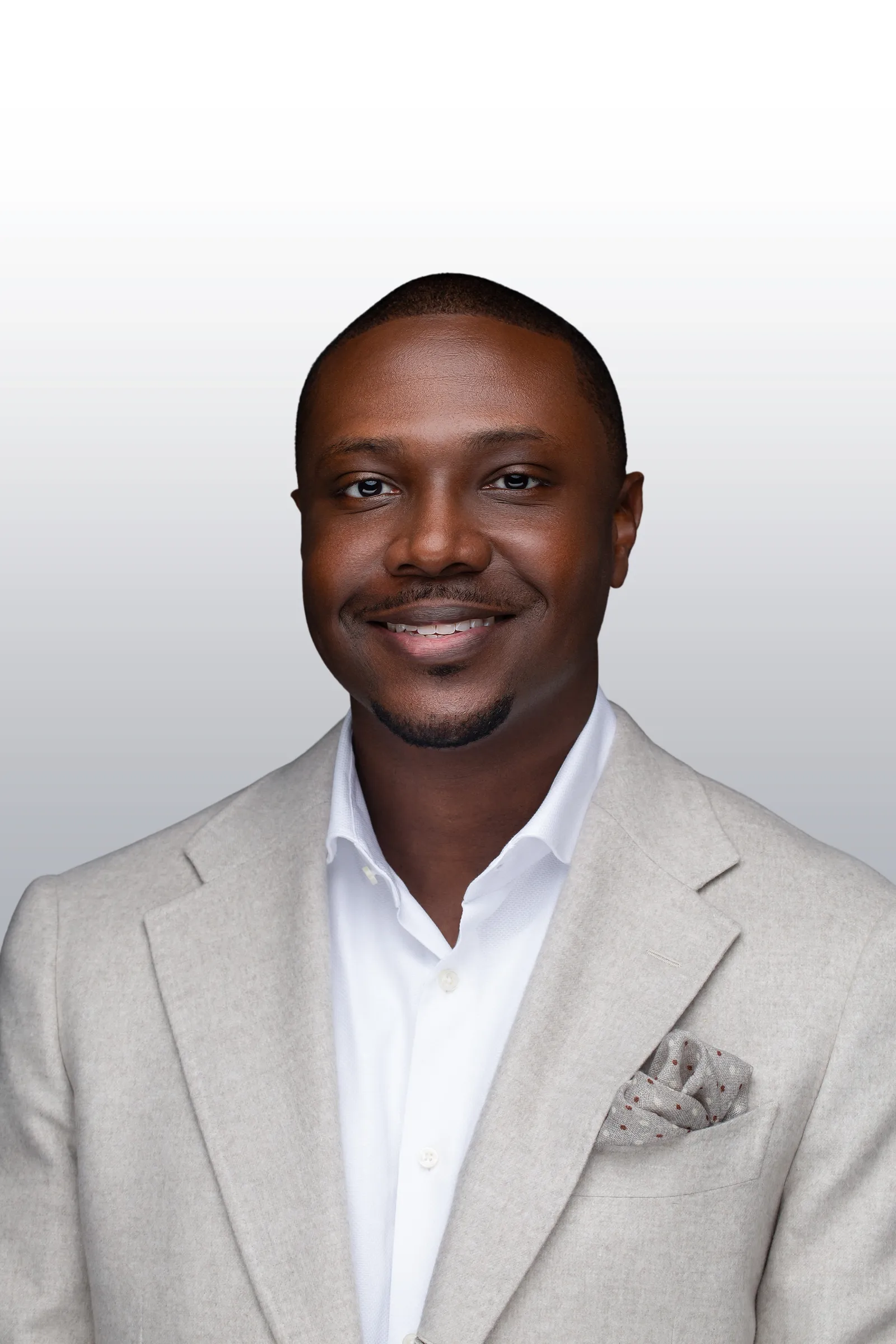
Despite the potential enrollment fallout posed by the SCOTUS decision, there are concrete steps college leaders can take to improve and sustain campus diversity efforts, including eliminating standardized testing requirements entirely, expanding targeted student recruitment and outreach efforts, and strengthening partnerships with community-based organizations serving historically overlooked and underserved communities.
Enrollment trends at elite colleges
Examining the historical admission patterns at highly selective or "elite" institutions is essential for evaluating the potential impact of the race-conscious admissions ban. Such analysis exposes the persistent stratification of these campuses based on race, ethnicity and socioeconomic status.
Despite many college leaders espousing commitments to inclusivity, a 2018 study by Georgetown researchers from the Center on Education and the Workforce revealed a disturbing trend: Black and Latino undergraduates who scored above average on the SAT and ACT faced significant roadblocks in gaining entry to selective public colleges.
The 2018 report was a follow-up to the eye-opening 2013 “Separate and Unequal” report from Georgetown researchers, who shed light on the significant disparity in the racial makeup of student bodies at the nation’s 468 most selective public and private four-year colleges. While racially and ethnically underrepresented students have made gains in postsecondary enrollment, they still occupied disproportionately fewer seats at these prestigious institutions.
For instance, Georgetown researchers found that despite representing about one-third of the college-age population, Black and Hispanic students accounted for just 14% of enrollment at elite institutions.
Meanwhile, White students accounted for 75% of enrollment at these top institutions, even though they only made up 62% of the college-age population. Georgetown researchers also found that 82% of the first-year enrollment growth of White students between 1995 and 2009 was at the nation’s top 468 colleges. That’s compared to only 9% for Black undergraduates and 13% for Hispanic undergraduates.
Given their low representation on elite college campuses, it should come as little surprise that African American and Hispanic undergraduates are more likely to attend open-access colleges. In 2009, African American and Latino students comprised about 33% of the college-age population. Yet, they made up 36% of the enrollment at 3,250 open-access colleges.
In light of the SCOTUS ban on race-conscious admissions, it is imperative that educational leaders at both K-12 and postsecondary levels actively encourage all students to explore a wide range of college options — and not limit themselves to underfunded open-access institutions, which tend to have lower completion rates.
Due to fear of rejection, many academically gifted, first-generation students may opt not to apply to the nation’s top colleges, and that in itself could be detrimental to broader campus diversity efforts.
What needs to be done
So what strategies can elite colleges use to mitigate potential enrollment fallout among students from economically disadvantaged and racially underserved communities in future admission cycles?
While test-optional policies have become the “new normal,” test-free admissions policies may hold greater potential for promoting racial diversity in enrollment, exemplified by institutions such as the University of California, Los Angeles.
Unlike colleges implementing test-optional policies, where students can decide whether to submit test scores, institutions with test-free admissions disregard test scores entirely, even if students choose to provide them.
Embracing test-free admissions represents a forward-looking approach to promoting racial and ethnic diversity among students while making college admissions more equitable. These policies help mitigate the subtle biases and preferences admission officers might unconsciously hold, often favoring wealthier students who typically submit test scores.
Critics of test-free policies may mistakenly assume that eliminating test scores will lead to the acceptance of academically underprepared students. However, research shows no significant differences in graduation rates and grade point averages between those who submit test scores and those who do not. This underscores the effectiveness and fairness of test-free policies in reshaping college admissions for the better.
Before the Supreme Court decision brought about significant changes to race-conscious admissions, California was one of eight states that already prohibited the consideration of race and ethnicity in admissions.
After removing standardized testing requirements for the fall 2021 admissions cycle and actively reaching out to underserved communities, UCLA, for example, saw a record high in first-year student applications and a 48% year-over-year increase among Black applicants, the Los Angeles Times reported. The university also successfully recruited one of its most diverse classes, including a 21% enrollment increase of Black students.
In recent years, many other top colleges have adopted either test-free or test-optional policies in recognition of the extraordinary circumstances high schoolers faced during the pandemic. With the elimination of race-conscious admissions, it is even more urgent for college leaders to adopt policies and practices that have proven effective in diversifying the applicant pool and fostering enrollment and inclusive excellence among Black, Indigenous and Latinx students.
Moreover, college leaders must commit to expanding recruitment and outreach to historically underserved communities. Proactive engagement and increased visibility from highly selective colleges are vital to support college readiness among students from disadvantaged backgrounds.
For example, admissions staff from the University of Illinois at Urbana-Champaign — which has struggled to enroll Black and Latino students in numbers that reflect the state’s demographics — should partner with Chicago Public Schools to host more informational sessions at high schools where fewer students of color typically apply to and enroll at the university each year.
Additionally, admissions staff must proactively pursue strategic partnerships with local nonprofit organizations, such as First Star Academy, a promising network of college prep programs committed to bridging support gaps among young people with foster care backgrounds.
Well-resourced, elite institutions can proactively develop an equity-minded student recruitment pipeline through summer pre-college programs like Brown University's.
Introduced four decades ago, Brown’s highly sought-after college preparatory programs cater to teenagers as young as 14. The programs provide courses in a variety of formats, including online, in-person and even abroad, offering students exposure to a diverse range of disciplines, spanning from biological and natural sciences to the visual and performing arts.
Similarly, other top-ranked institutions have an opportunity to revamp or initiate new strategic outreach efforts aimed at fostering college exposure within historically overlooked and excluded communities, such as students from foster care backgrounds, through proactive recruitment efforts.
In the wake of the momentous Supreme Court decision, the future of diversity and inclusion in American higher education lies in the hands of college leaders. They must rise to the occasion and chart a course that honors the values of justice, equity, diversity and inclusion, ensuring that our nation’s top colleges genuinely become bastions of opportunity for all deserving students, regardless of their racial, ethnic or economic background.


